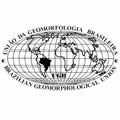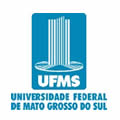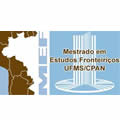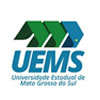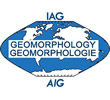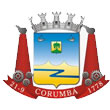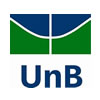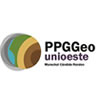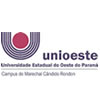Autores
- JORGE COSTAUNIVERSITY OF PORTO | CEGOTEmail: up201503056@up.pt
- ALBERTO GOMESUNIVERSITY OF PORTO | CEGOTEmail: atgomes@letras.up.pt
- MARTIN STOKESUNIVERSITY OF PLYMOUTHEmail: m.stokes@plymouth.ac.uk
Resumo
In areas with uniform rock mass (e.g., granite), the transmission of fluvial incision waves is normally homogeneous. However, the physical properties of granite can vary widely, including composition, texture, and structure. These variations can influence resistance to chemical and physical weathering, which in turn may significantly impact resistance to erosion. Consequently, fluvial system evolution within granite landscapes can be in disequilibrium when subjected to base-level changes. Tectonics and climate will normally drive base-level change, but the progression of fluvial incision waves can be enhanced or suppressed by variations in granite physical properties. This can have a marked impact upon the pace and preservation of landscape rejuvenation. The aim of this study is to assess the role that different granites play in the transmission of incision waves and in the preservation of relict landscapes. Field work derived validation of granite types, and a computer-based extraction of morphometric indexes (e.g., normalized channel steepness - Ksn) allowed us to study the granitic landscape of the Peneda-Gerês Mountains of Portugal (peak elevation 1,546 m). These mid-latitude mountains are tectonically active, with erosion linked to past glacial activity within a humid-temperate climatic setting. Here, the landscape exhibits a strong relief contrast linked to variations in granite's physical properties. Streams developed into coarse granites display longer downstream rejuvenated profiles and shorter upstream relict-graded profiles when compared to streams incising fine granites. This is reflected in the Ksn values, where streams in coarse granites have an average higher value (123), when compared to fine granites (54). The juxtaposition of granites with different physical properties results in the development of permanent knickpoints (height = ~125 m), suppressing headward erosion and enhancing the preservation of a high-level relict landscape (1,100 m).
Palavras chaves
Fluvial incision; Granite landscapes; Landscape rejuvenation

